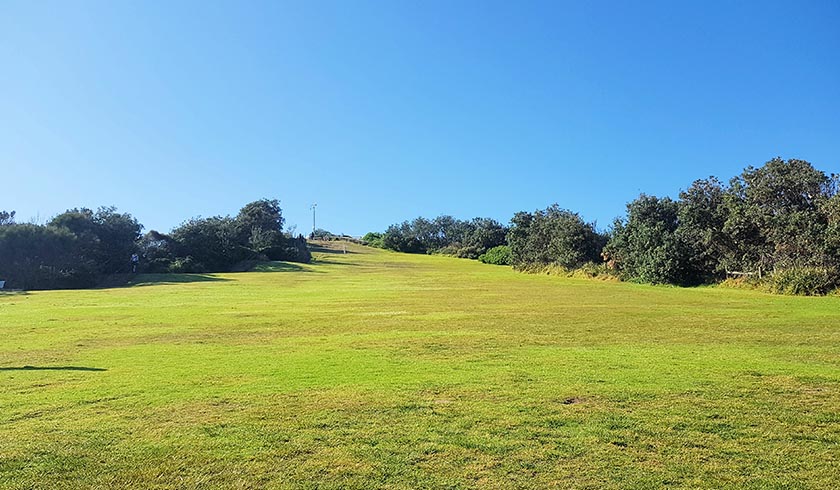Demand for land soars across the Central Coast and Hunter
The demand for residential land jumped strongly across NSW’s Hunter and Central Coast regions last year, sending detached home activity soaring despite the impact of the global pandemic.

According to a recent HIA-CoreLogic residential land report, residential land sales soared 72.4 per cent on the quarter across the Central Coast between July and September last year.
During the same period, land sales in the Hunter Valley increased by 88.8 per cent and by a moderate 24.24 per cent in Newcastle and Lake Macquarie.
Housing Industry Association’s executive director for the Hunter region, Craig Jennion, believes HomeBuilder spurred the growing land demand.
“This data reflects the surge in demand for land following the announcement of the HomeBuilder program in June and demonstrates that there continues to be a clear preference for coastal areas near capital cities and an ongoing trend for ‘sea and tree change’ locations,” said Mr Jennion.
HIA’s figures also reveal a growth in median lot prices across these regions, with the Central Coast posting a 9.49 per cent increase over September 2019, to $332,500.
Similarly, the Newcastle and Lake Macquarie median price was $330,000, a 10.18 per cent increase over September 2019. This placed the neighbouring regions fourth and fifth on the list of the most expensive regional markets.
The Hunter Valley median of $225,000 was a 7.65 per cent increase over September 2019.
On the back of booming land sales, home building approvals also spiked in 2020, growing 21 per cent in the Hunter and 15 per cent on the Central Coast compared with the 2019 calendar year, according to recent ABS data.
“Accounting for 72.1 per cent of all approvals in the Hunter and 64.7 per cent on the Central Coast, detached homes increasingly remain the preference for home buyers locally,” Mr Jennion said.
Over the same period, multi-unit approvals decreased by 45 per cent in the Hunter and 28 per cent on the Central Coast compared with the year earlier.
“As has occurred elsewhere in the country, there appears to be structural changes in the demand for multi-unit housing as a result of a change in consumer preferences,” said Mr Jennion.
Looking ahead, HIA is forecasting residential building activity to remain solid on the back of the HomeBuilder stimulus, low interest rates, rising house prices and a demographic shift in demand towards detached housing and regional areas.
“Together, this should ensure ongoing demand for new homes albeit at a level below that observed in recent years,” Mr Jennion said.
